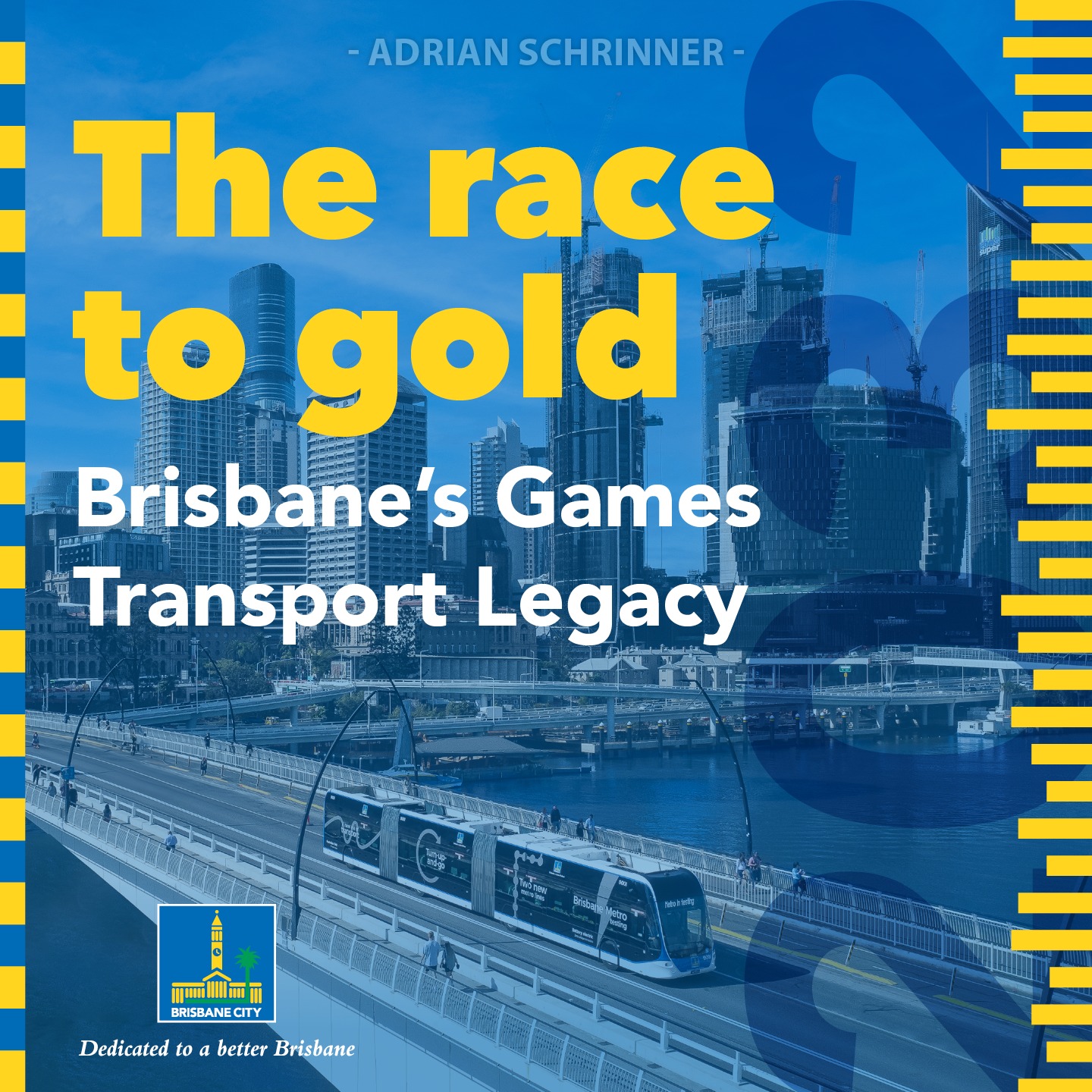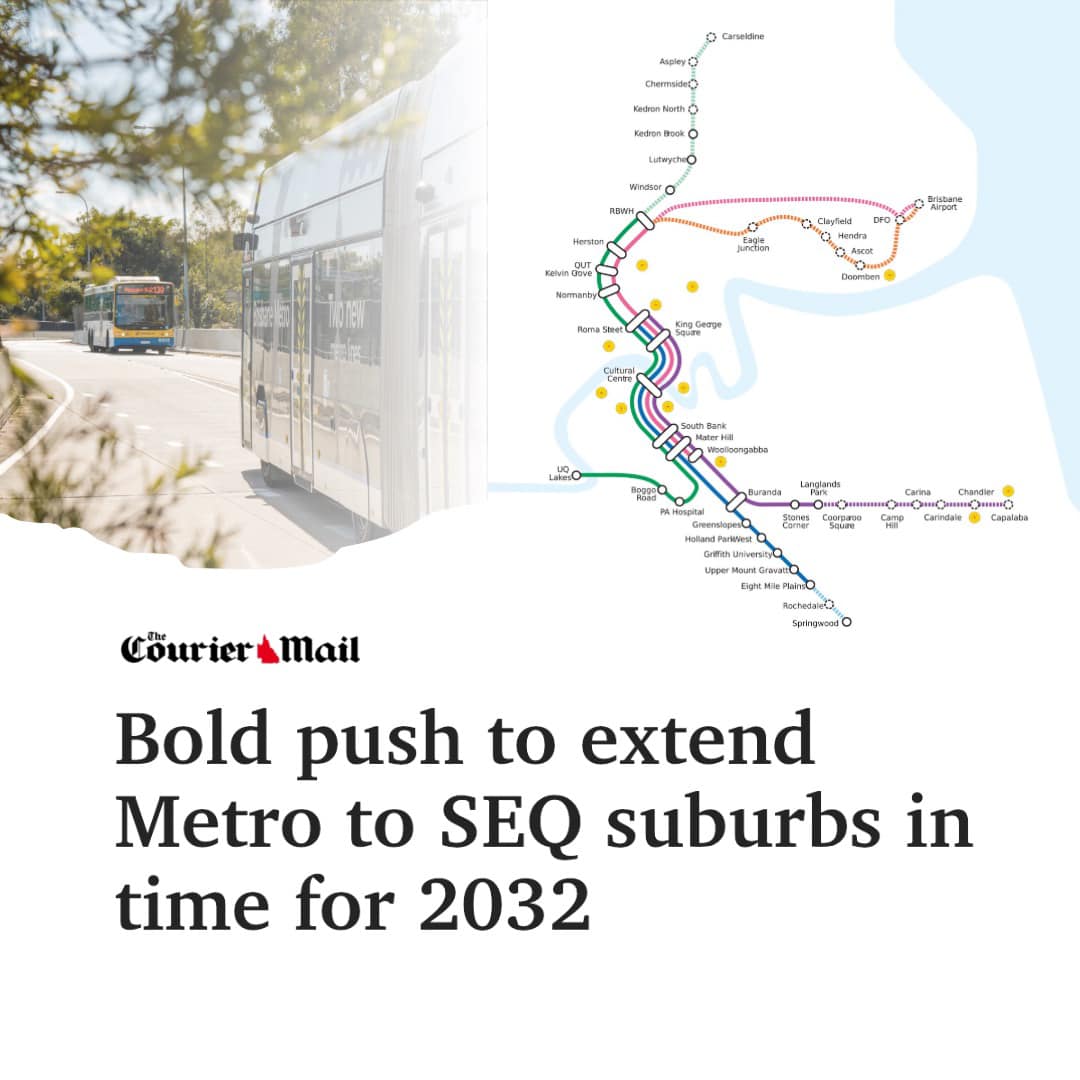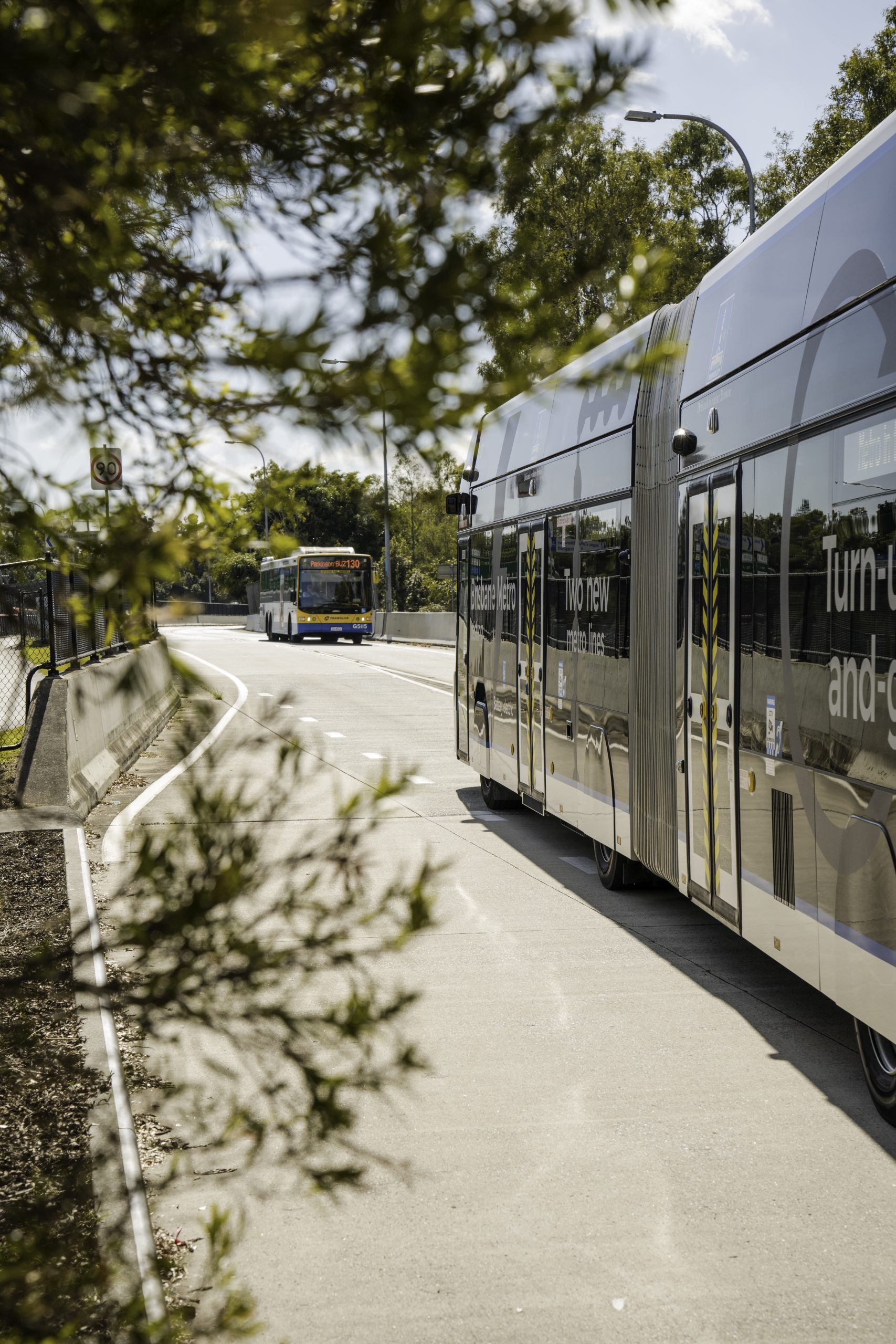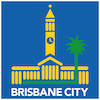
A detailed plan to keep Brisbane moving and deliver a long-term transport legacy beyond the 2032 Olympic and Paralympic Games has been released by Lord Mayor Adrian Schrinner.
The Race to Gold: Brisbane’s Games Transport Legacy outlines 18 initiatives, including a massive expansion of the Brisbane Metro bus rapid transit project to 22 new stations and stops in the north, south, east and the airport.
Brisbane 2032 had the biggest head start for any Summer Olympics in history yet one in four days have already been lost.
Brisbane has grown faster than any other capital city over the past 10 years, with 1.55 million people expected to call Brisbane home by 2041.
With the city’s rapid population growth, the current transport network is no longer fit for purpose.
There are 18 anticipated Olympic and Paralympic venues across Brisbane, with a target of 90 per cent of trips to venues to be taken by public and active transport.
During the Sydney 2000 and London 2012 Olympic and Paralympic Games, overall public transport patronage increased by almost one million trips per day.
However, the current public transport system can only serve about 50 per cent of projected trips to and from Games venues.
Bus rapid transit routes will be critical to Brisbane’s transport future given it is no longer practical or affordable to build above-ground heavy rail routes through the city’s suburbs.
The Schrinner Council’s Games Transport Plan focuses on higher-impact, lower-cost projects that can deliver long-lasting benefits in the time that remains, including:
- Extending Brisbane Metro bus rapid transit system to service 22 new stops, south to Springwood, east to Capalaba, north to Carseldine and connecting to DFO and the Airport;
- An expansion of the popular CityGlider network to provide high-frequency services between The Gabba, RNA Showgrounds and Northshore Hamilton;
- Enhancements to Brisbane’s river transport network to boost capacity, improve frequency and explore new services such as a connection to the International Cruise Terminal;
- A critical rehabilitation program to future-proof the City Reach Boardwalk which is currently used by 7000 people a day, with more expected following the opening of the Kangaroo Point Bridge;
- Progressing plans for a new active transport bridge between Toowong and West End, with population in these suburbs expected to grow by 120 per cent over the next 20 years;
- Shade on Victoria Bridge that will result in up to a 70 per cent reduction in sunlight and heat exposure between South Brisbane and the heart of the CBD;
- Mobility super highways to provide stronger suburban links for people riding e-mobility devices and bicycles;
- A comprehensive restoration program to extend the life of the iconic Story Bridge;
- Smarter transport management systems through the use of artificial intelligence to improve traffic flow and prioritise public transport;
- Urban air mobility to provide faster travel options to regional destinations and direct access to the inner city from major transport hubs;
- A citywide accessibility program including pathway and crossing improvements, public transport upgrades and supporting infrastructure such as braille trails, tactile audio and street name signage; and
- An inner-city mobility plan so its easy for visitors and tourists to navigate between their accommodation, mass transit station, venues and attractions
The plan also details what is needed to deliver these projects and requires all three levels of government to plan and fund these projects in partnership.
For more information about the The Race To Gold visit https://www.brisbane.qld.gov.au/about-council/news-and-publications/the-race-to-gold-brisbanes-games-transport-legacy.
“The Games are a once-in-a-lifetime opportunity and we’ve put forward a transport legacy plan that delivers for today, the Games and beyond.
“With one in four days to prepare gone already, we cannot afford to waste another moment.
“Our plan is sensible, affordable and achievable by 2032 but it’s going to require a team effort by all three levels of government.
“Our transport plan will not just deliver better connectivity between venues for the Games, but a better transport network that will keep Brisbane moving.
“Using the Games to deliver a transport legacy was why the mayors of south east Queensland first developed the Games bid and this plan will deliver on that promise.
“I’m determined to see all three levels of government working together so that Brisbane 2032 can be the best Games ever.
“Together we can deliver a lasting transport legacy that benefits Brisbane and the rest of Queensland today, during the Games and beyond,” said Lord Mayor Adrian Schrinner.




